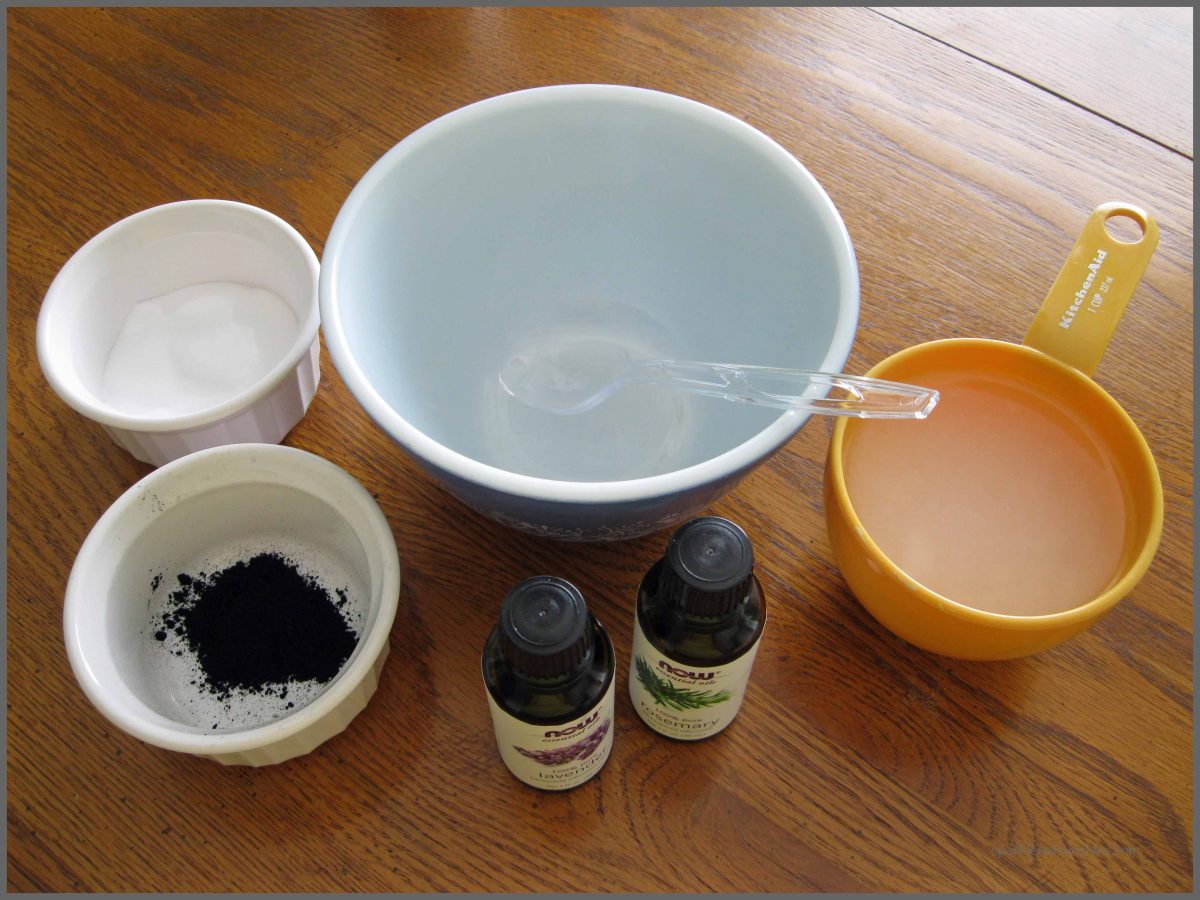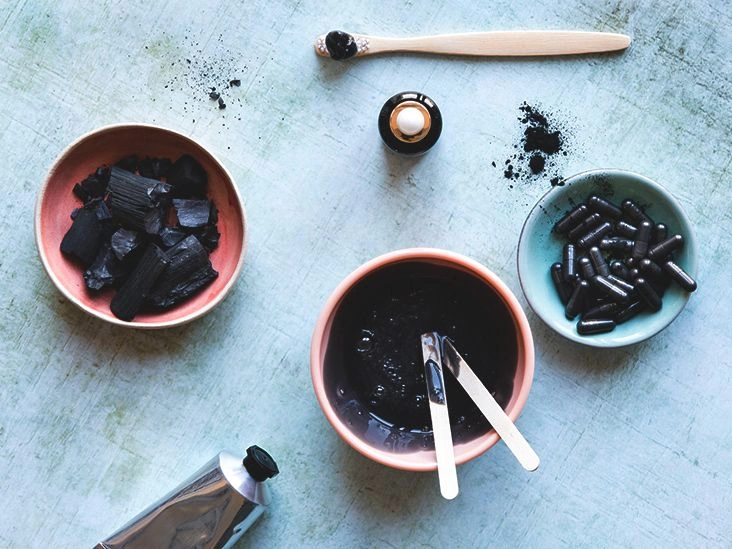Activated charcoal is a scentless black powder derived from ordinary charcoal that’s been treated with high heat. Exposing the charcoal to intense temperatures creates tiny pores, which greatly increases its absorbent properties.
Studies have indicated that, because of its absorptive abilities, activated charcoal can bind to toxins in the body. For this reason, it’s frequently used to absorb poisons in the stomach when treating overdoses and ingestions.
Activated charcoal has also surged in popularity as an ingredient in cosmetics and skin care formulations. Though scientific data supporting its dermatological benefits is limited, many users report positive results anecdotally.
While pre-made charcoal masks are widely available, you can also prepare them at home. Below we outline the process for creating a DIY charcoal mask and share several recipe alternatives you can experiment with.

What advantages does a charcoal mask offer?
You’ll encounter activated charcoal in a variety of personal care items, such as cleansers, creams, soaps, oils, and even toothpastes. It has also become a favored component for facial masks.
Although there’s sparse research on the skin-specific benefits of activated charcoal, some skincare professionals think a charcoal mask can benefit your skin in the following ways:
- Eliminates impurities. Since research indicates activated charcoal can bind toxins in the body, several beauty specialists believe a charcoal facial mask can help lift dirt and impurities from the skin.
- Helps reduce acne. A build-up of sebum (skin oils) and bacteria can clog pores and lead to breakouts. If you’re seeking a natural approach for acne, activated charcoal may assist by extracting bacteria and other contaminants from pores.
- Manages excess oil. By removing dead skin cells and soaking up surplus oil, activated charcoal might help your complexion look radiant without appearing overly shiny.
Ingredients for a DIY charcoal mask
You can purchase many kinds of charcoal masks online or at drugstores and beauty shops. However, some commercial masks contain additives and preservatives that may irritate your skin.
Rather than buying a ready-made mask, you can mix a few basic ingredients to make your own at home.
To begin, you’ll need a mixing bowl, measuring spoons, a towel, and these ingredients:
- 2 tsp. water
- 1 tsp. bentonite clay (Purchase here.)
- 1 tsp. activated charcoal powder (Buy it here.)
- 1/2 tsp. raw honey
- 1 drop essential oil (optional)
Making a charcoal mask can be messy if you’re not careful. Because the charcoal powder can easily disperse, it’s best to work in a place without drafts or open windows.
You might also protect surrounding surfaces with towels to avoid charcoal stains.
To minimize the mess, consider purchasing activated charcoal capsules. You can split a capsule and add its contents to your mask mixture instead of scooping powder.
How to make the charcoal mask
Follow these steps to prepare your charcoal mask:
1. Mix water and essential oil (for example, lemon oil, tea tree oil, or lavender oil) in a bowl.
2. Stir in bentonite clay with the water-oil blend. Let it sit for a few minutes to absorb.
3. Add activated charcoal powder and raw honey to the bowl. Blend all ingredients until they form a smooth paste.
Recipe variations for DIY charcoal masks
If you’d rather use alternate components, try one of these variations:
Charcoal mask with apple cider vinegar
- 1 tsp. bentonite clay
- 1 tsp. activated charcoal powder
- 1 tsp. organic raw apple cider vinegar
- 3 drops tea tree oil
Mix all ingredients together until you get a paste. If needed, add a few drops of water to reach your preferred texture.
Charcoal mask with unflavored gelatin
- 1 tbsp. unflavored gelatin
- 1 tsp. activated charcoal powder
- 1/2 tsp. bentonite clay
- 2 tbsp. boiling water
Place the gelatin, activated charcoal powder, and bentonite clay into a bowl. Pour in freshly boiled water and stir until the ingredients form a uniform paste.
How to apply a charcoal mask
For optimal results, gently wash your face first to remove dirt, oil, and makeup. Applying a mask to unclean skin will trap impurities and prevent the mask from working effectively.
Once your face is clean, use your fingertips to spread the mask evenly in a thin layer. Massage it lightly into your skin. Alternatively, apply the mask with a small paintbrush or a soft-bristled applicator. Avoid the eye and mouth areas.
Let the mask dry for about 15 minutes, then rinse with warm water. Pat your face dry and follow with your regular moisturizer.
Safety considerations
Although activated charcoal is generally safe for topical use, keep these precautions in mind.
- Don’t overdo it. Use the mask once or twice weekly. Excessive use can dry out your skin.
- Watch for allergic reactions. Signs of sensitivity include burning, itching, redness, or swelling after application. Discontinue use if you notice any of these symptoms.
- Avoid the eyes. Activated charcoal particles can be abrasive to the eye surface.
Final thoughts
If you want a natural option to boost your skin’s appearance, a DIY charcoal mask might be worth trying.
While scientific evidence for activated charcoal’s skincare benefits is minimal, anecdotal reports suggest it can help pull out impurities, manage breakouts, and reduce oily sheen.
If you’re uncertain whether activated charcoal is suitable for your skin type, consult your physician or dermatologist before trying it.


















Leave a Reply
You must be logged in to post a comment.